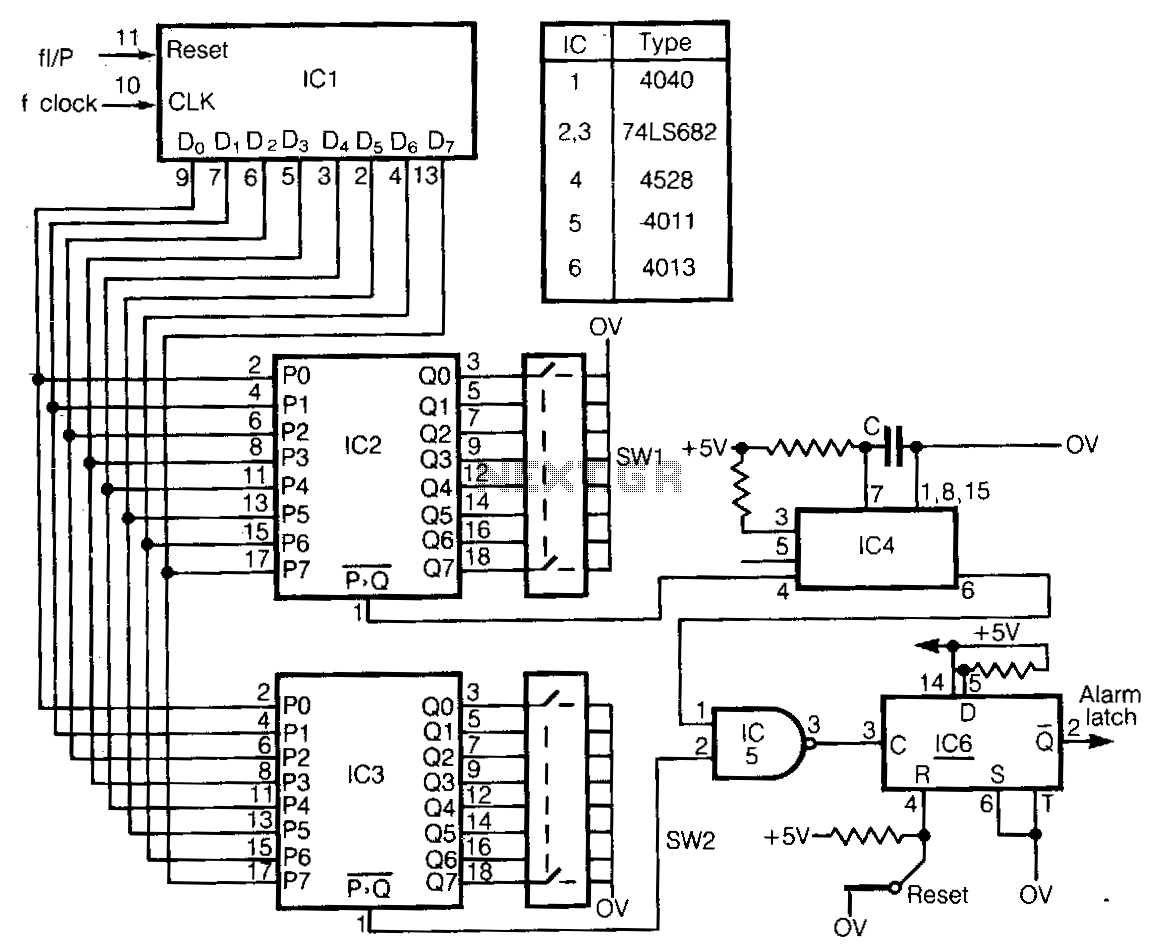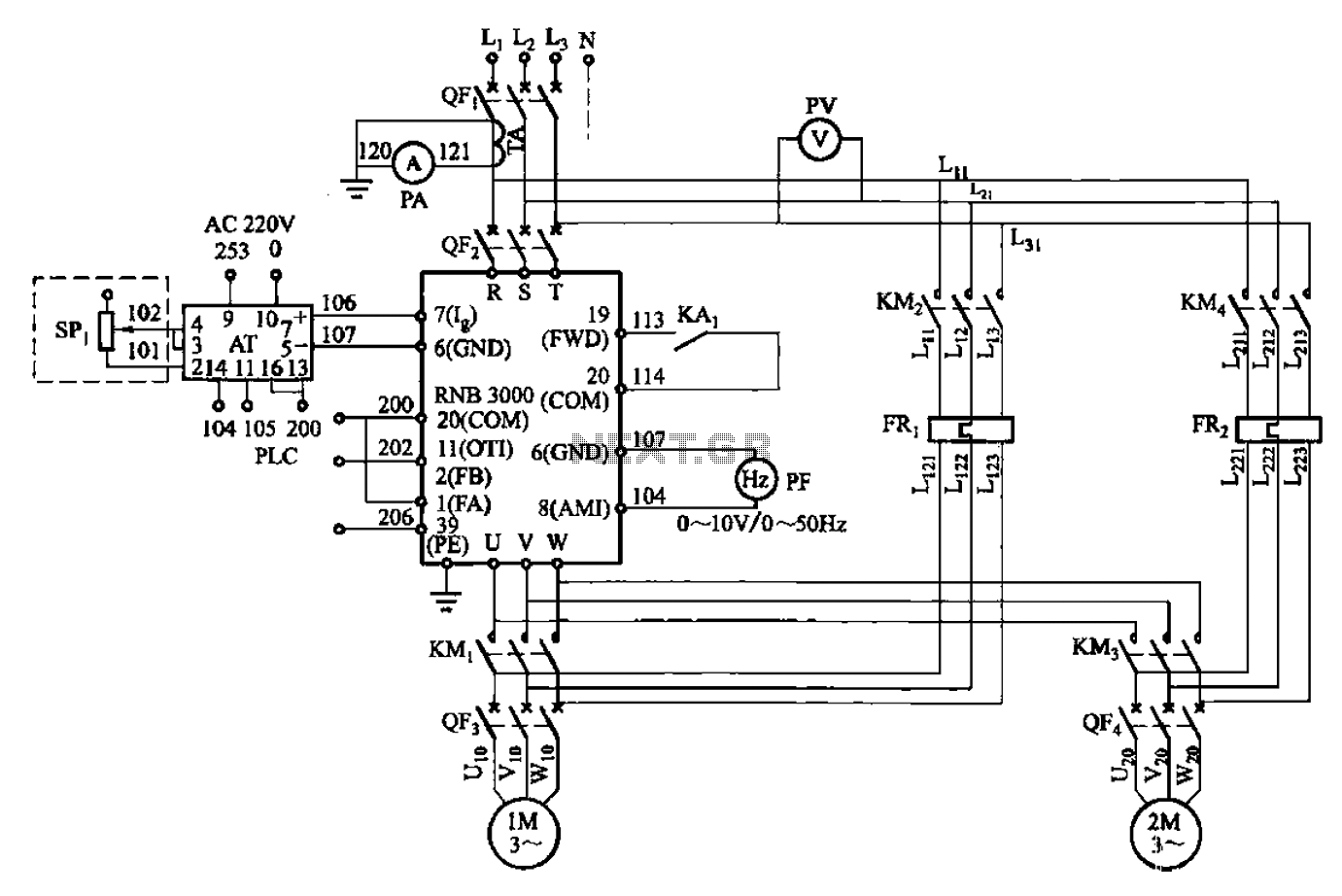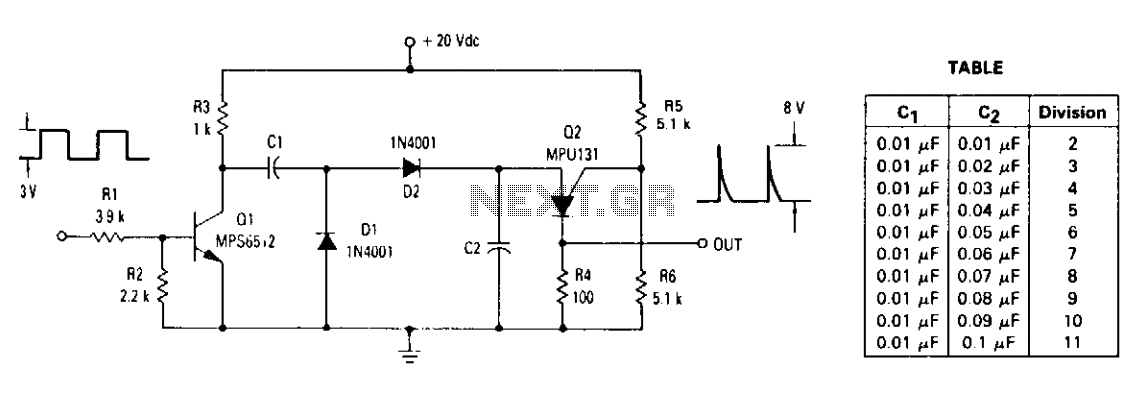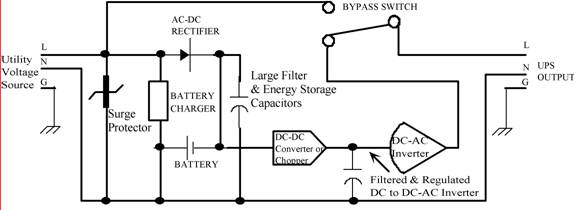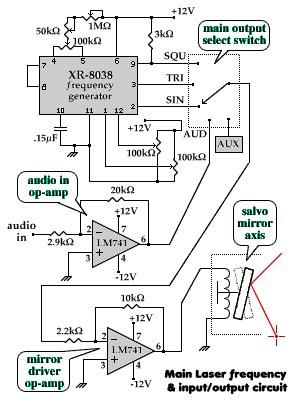
Inexpensive frequency counter-tachometer

This circuit utilizes the low-power ICM7555 (CMOS 555) to generate the gating, STORE, and RESET signals. The timer is configured as an astable multivibrator to provide the gating signal. Calibration of the system is achieved using a 5 MΩ potentiometer for Ra as a coarse control and a 1 kΩ potentiometer for Rb as a fine control. Additionally, CD40106B components are employed as a monostable multivibrator and to introduce a reset time delay.
The ICM7555 is a low-power variant of the classic 555 timer, known for its efficiency and versatility in timing applications. In this configuration, the astable multivibrator mode allows continuous pulse generation, which is essential for creating the gating signal required for the operation of the circuit. The duty cycle and frequency of the output can be adjusted by varying the resistances Ra and Rb, which are connected to the timing capacitor. The 5 MΩ potentiometer serves as a coarse adjustment, allowing for significant changes in the frequency, while the 1 kΩ potentiometer enables fine-tuning for precise control over the output waveform.
The CD40106B is a Schmitt trigger inverter that can be configured as a monostable multivibrator. This component is crucial for generating a stable output pulse in response to a triggering event, such as a button press or a signal from another part of the circuit. The reset time delay feature allows for a controlled period during which the output remains inactive after being triggered, ensuring that the circuit can reset properly before the next operation.
In summary, this circuit effectively combines the ICM7555 timer and CD40106B components to create a robust timing and control system capable of generating precise gating and reset signals. The careful selection of potentiometers for calibration enhances the flexibility and accuracy of the circuit's performance, making it suitable for various applications that require reliable timing and signal generation.This circuit uses the low power ICM7555 (CMOS 555) to generate the gating, STORE and RESET signals. To provide the gating signal, the timer is configured as an astable multivibrator. The system is calibrated by using a 5 M potentiometer for Ra as a coarse control and a 1 jk potentiometer for Rb as a fine control CD40106B"s are used as a monostable multivibrator and reset time delay.
The ICM7555 is a low-power variant of the classic 555 timer, known for its efficiency and versatility in timing applications. In this configuration, the astable multivibrator mode allows continuous pulse generation, which is essential for creating the gating signal required for the operation of the circuit. The duty cycle and frequency of the output can be adjusted by varying the resistances Ra and Rb, which are connected to the timing capacitor. The 5 MΩ potentiometer serves as a coarse adjustment, allowing for significant changes in the frequency, while the 1 kΩ potentiometer enables fine-tuning for precise control over the output waveform.
The CD40106B is a Schmitt trigger inverter that can be configured as a monostable multivibrator. This component is crucial for generating a stable output pulse in response to a triggering event, such as a button press or a signal from another part of the circuit. The reset time delay feature allows for a controlled period during which the output remains inactive after being triggered, ensuring that the circuit can reset properly before the next operation.
In summary, this circuit effectively combines the ICM7555 timer and CD40106B components to create a robust timing and control system capable of generating precise gating and reset signals. The careful selection of potentiometers for calibration enhances the flexibility and accuracy of the circuit's performance, making it suitable for various applications that require reliable timing and signal generation.This circuit uses the low power ICM7555 (CMOS 555) to generate the gating, STORE and RESET signals. To provide the gating signal, the timer is configured as an astable multivibrator. The system is calibrated by using a 5 M potentiometer for Ra as a coarse control and a 1 jk potentiometer for Rb as a fine control CD40106B"s are used as a monostable multivibrator and reset time delay.
